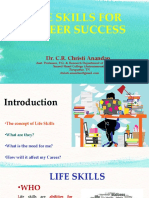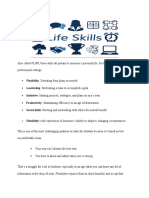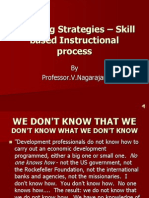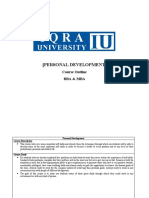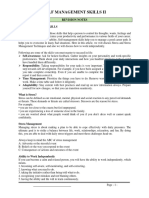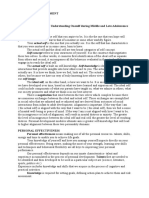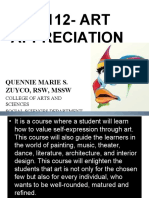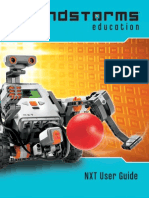0% found this document useful (0 votes)
37 views89 pagesBCS 151 Notes 1
The document outlines essential communication and study skills for university students, emphasizing the importance of self-motivation, time management, and academic skills for achieving peak academic performance. It discusses the characteristics of individuals with high and low self-esteem, the significance of interpersonal skills, and effective study strategies. Additionally, it provides guidance on writing academic essays, including planning, researching, and structuring content to meet university standards.
Uploaded by
Nathan SimbuwaCopyright
© © All Rights Reserved
We take content rights seriously. If you suspect this is your content, claim it here.
Available Formats
Download as PDF, TXT or read online on Scribd
0% found this document useful (0 votes)
37 views89 pagesBCS 151 Notes 1
The document outlines essential communication and study skills for university students, emphasizing the importance of self-motivation, time management, and academic skills for achieving peak academic performance. It discusses the characteristics of individuals with high and low self-esteem, the significance of interpersonal skills, and effective study strategies. Additionally, it provides guidance on writing academic essays, including planning, researching, and structuring content to meet university standards.
Uploaded by
Nathan SimbuwaCopyright
© © All Rights Reserved
We take content rights seriously. If you suspect this is your content, claim it here.
Available Formats
Download as PDF, TXT or read online on Scribd
/ 89



